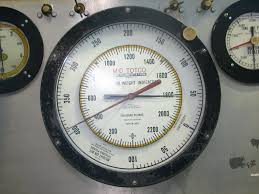In this article we will talk about the Drill String weight calculation and its design methods. In this article we will mention the different methods of calculation drill string weight calculation and what is the difference between them.
How To Calculate Drill String Weight
Calculate Weight in Air which will be an assumption of all weights of drill string main components ( assuming there are two different grades of drill pipes)
W (weight in air ) = LDP1WDP1 + LDP2WDP2 + LHWDPWHWDP + LDCWDC
Where:
- LDP1 : Length Of Drill Pipes Section (Type 1 )
- WDP1 : Nominal Weight Of Drill Pipes Section (Type 1 )
- LDP2 : Length Of Drill Pipes Section (Type 2 )
- WDP2 : Nominal Weight Of Drill Pipes Section (Type 2 )
- LHWDP : Length Of Heavy Weight Drill Pipes HWDP Section
- WHWDP : Nominal Weight Of Heavy Weight Drill Pipes Section
- LDC : Length Of Drill Collar Drill Collars Section
- WDC : Nominal Weight Of Drill Collar Section
Calculate Buoyancy factor:
Buoyancy Factor (BF) = (65.5 – drilling mud weight in ppg) ÷ 65.5
Calculate Drill String Weight in drilling fluid by multiplying weight in air by the buoyancy Factor:
Drill String Weight = Weight in air x Buoyancy Factor

Introduction To Weight On Bit
One of the functions of Drill Collars is to provide Weight On Bit (WOB). The number of drill collars that are required to provide a desired weight on the Drilling Bit is usually based on buckling considerations in the Drilling Bottom Hole Assembly (BHA).
Our Drill Collar Design Target
Before starting you should know that we have some targets here:
1- Determine the length of Drill Collars that we should be used to give us the required WOB
2- To determine if it is acceptable for you to keep some compression on HWDP
3- We don’t want the buckling point to be in HWDP